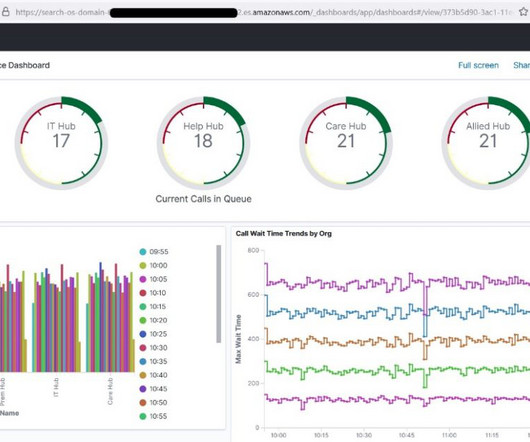Reclaiming the stories that algorithms tell
O'Reilly on Data
MAY 27, 2020
Using the new scores, Apgar and her colleagues proved that many infants who initially seemed lifeless could be revived, with success or failure in each case measured by the difference between an Apgar score at one minute after birth, and a second score taken at five minutes. Books, in turn, get matching scores to reflect their difficulty.














Let's personalize your content